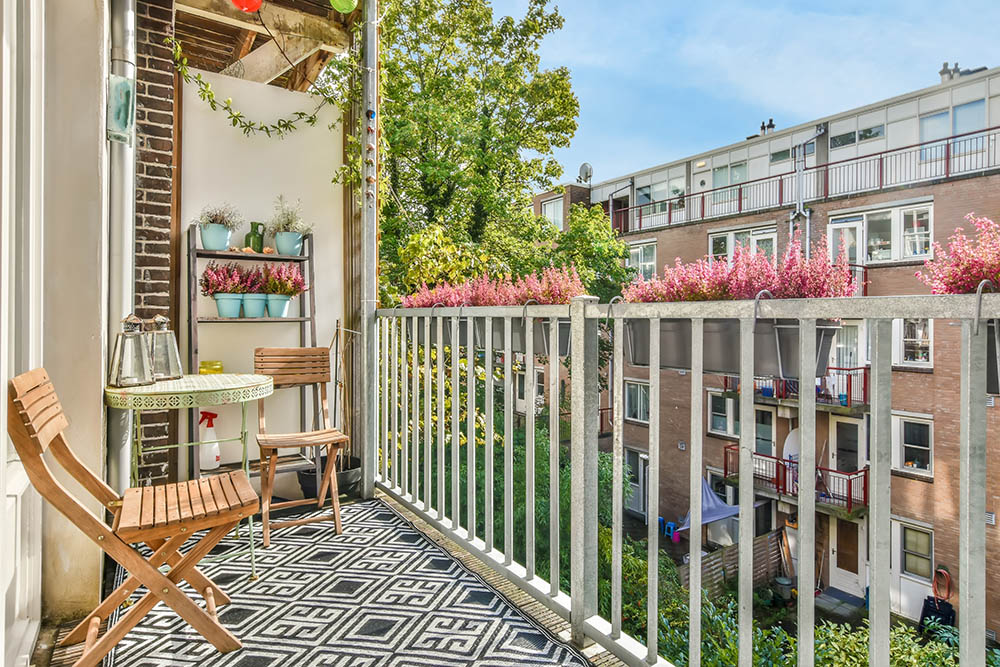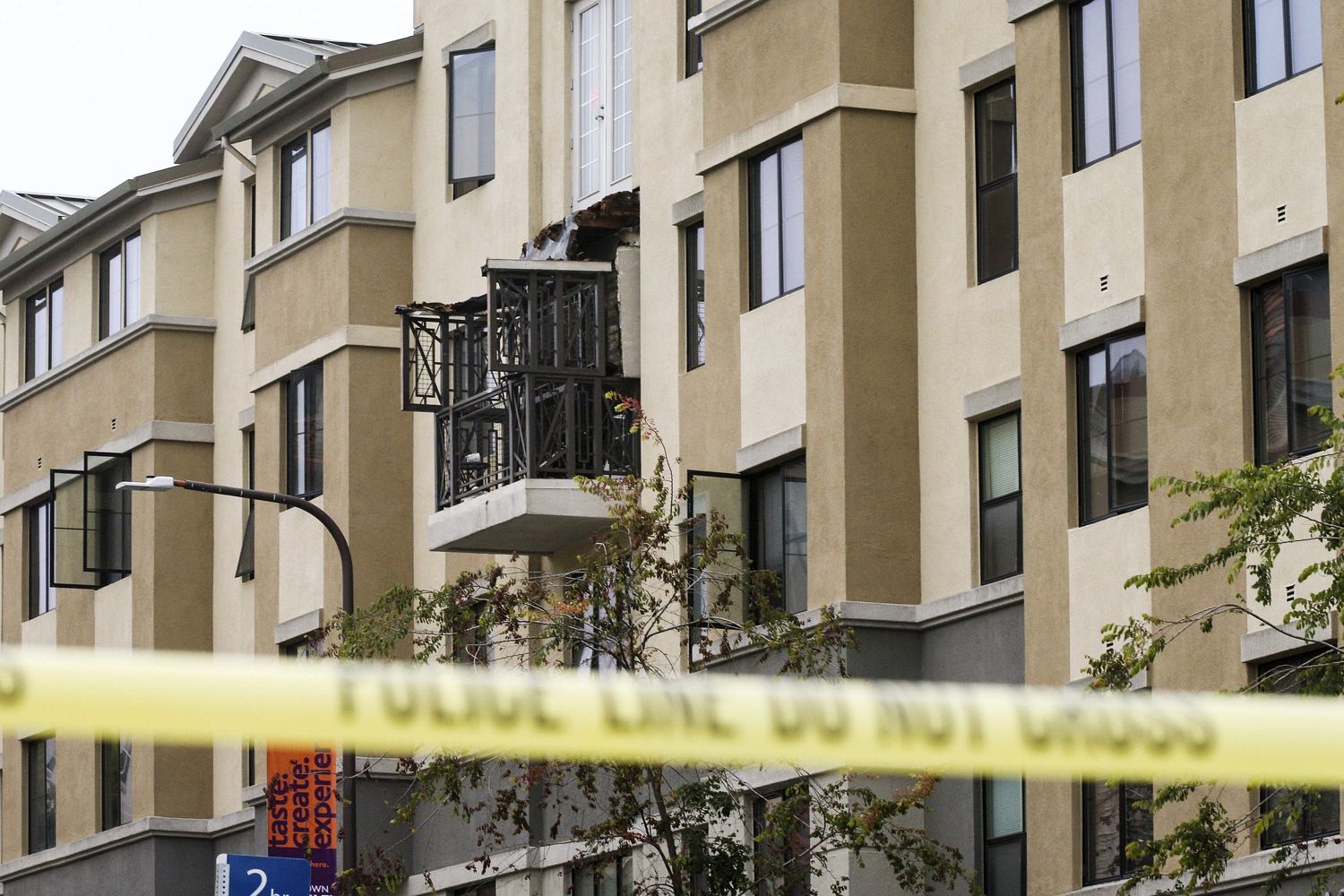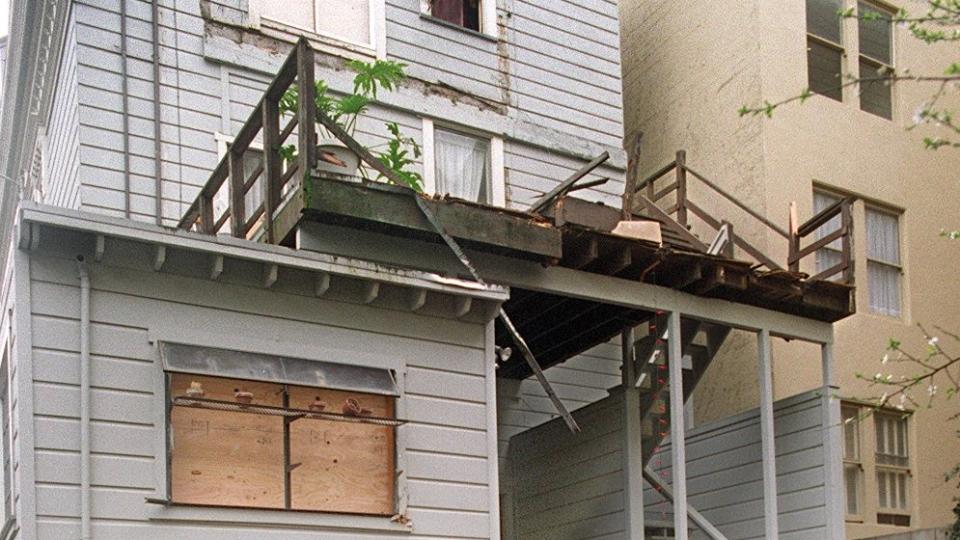Ready to schedule your Section 604 inspection? At DrBalcony, we specialize in providing thorough, reliable balcony inspections throughout California. Contact...
Read MoreThe Importance of Balcony Inspections in Preventing Wood Rot

Peeking into the Heart of Balcony Maintenance
Having a chat with friends on a balcony, soaking in the picturesque sunset, or tending to your potted plants…we don’t just use balconies, we live ’em! As essential living spaces often exposed to harsh weather conditions, these areas warrant frequent check-ups — but that’s easier said than done. Welcome to our deep dive into the importance of balcony inspections!
Unraveling the Hidden Enemy: Wood Rot
Wood rot sneaks up on you, just like wrinkles and weight gain after holidays! It’s a silent predator that can dwarf your property value in no time, especially if the damage infiltrates structural elements. Here’s the catch: it’s not always visible to the naked eye. But, regular inspections can help nip this problem in the bud.
The Science Behind Wood Rot
Here’s the technical bit. Get ready for some geeky stuff! Fungi, the culprit behind wood rot, are microscopic organisms that thrive in damp environments with little air circulation. These tiny troublemakers need only four things to survive: food (wood), temperature (between 70-90 degrees), oxygen, and water.
How do they get inside your building? Through various sources including leaky pipes, rain infiltration, and even condensation from HVAC units. Hence, proper balcony inspection is crucial to predict, face, and fight off these unwelcome guests.
The Importance of Balcony Inspections: Protecting Your Property
Are you aware of the potential dangers lurking on your balcony? From pest infestations to wood rot, there are several issues that can compromise the safety and integrity of your property. But fear not! We have the solution to keep your balcony in top shape.
The Detailed Process of Balcony Inspections
When it comes to balcony inspections, it’s crucial to leave no stone unturned. A thorough inspection considers various factors that may go unnoticed but can have a significant impact on your balcony’s condition. Let’s take a closer look at what this entails:
Pest Infestations: Termites and other pests can wreak havoc on your balcony’s structure. During an inspection, professionals will carefully examine for any signs of infestation, ensuring that your balcony remains pest-free.
Mold and Mildew: Visible mold or mildew not only affects the aesthetics of your balcony but also poses health risks. Inspectors will identify any signs of mold growth and recommend appropriate measures to prevent its spread.
Loose Boards: Loose or damaged boards can be hazardous, especially if left unattended. Inspections include a thorough check for any loose or unstable boards, ensuring the safety of everyone using the balcony.
Wood Rot: One of the most dreaded issues with balconies is wood rot. This silent destroyer can weaken the structure over time, leading to potential collapses. Inspectors will assess the condition of the wood, identifying any signs of rot and suggesting necessary repairs or replacements.
By addressing these subtle yet critical aspects during a balcony inspection, you can proactively protect your property from costly damages and ensure the safety of residents and visitors alike.
Remember, prevention is always better than cure when it comes to maintaining your balcony’s longevity and functionality. So don’t overlook the importance of regular inspections to keep your property in top-notch condition.
The Importance of Investing in Balcony Inspections
You might be tempted to skip balcony inspections to save some money, but let me tell you, that’s not a wise move. In fact, it can end up costing you more in the long run. Here’s why:
Preventive Care Saves You Money
Identifying potential issues early on through regular inspections can save you from expensive repairs down the line. By addressing problems before they escalate, you not only save money but also ensure the safety of your residents. Plus, it can help you avoid legal troubles and costly litigation. It’s like taking vitamins to boost your immune system and prevent illnesses – it just makes good sense.
For example, imagine if a small crack in the balcony railing goes unnoticed. Over time, it could worsen and compromise the structural integrity of the entire balcony. By catching it early during an inspection, you can fix it promptly, preventing any further damage and the need for a complete replacement.
Protect Your Property Value
Maintaining and increasing property value is crucial for any property owner. Regular balcony inspections play a vital role in safeguarding your property’s value. By ensuring that everything is in top-notch condition, you create a positive impression on potential buyers or tenants.
Think about it this way: If you were looking to buy or rent a property, would you choose one with a well-maintained balcony or one with visible signs of neglect? The answer is obvious. A neglected balcony can significantly decrease the overall appeal and value of your property. On the other hand, a well-maintained balcony adds to the aesthetic appeal and boosts the perceived value of your property.
For instance, let’s say you have a beautiful apartment complex with balconies overlooking a scenic view. Regular inspections and maintenance will keep those balconies in excellent condition, allowing residents to fully enjoy the breathtaking scenery. This, in turn, can attract more tenants and potentially increase rental rates or property value.
Wrapping Up: A Stitch in Time Saves Nine
Balcony inspections might seem like a pesky task, but they hold the key to preventing damaging instances of wood rot. So, don’t let procrastination get the better of you! It’s time to embrace the importance of these inspections and safeguard our beloved balconies.
Q&A Time: Half the battle is knowing your enemy. So here are a few questions to keep in mind:
Q1: How often should I schedule balcony inspections?
It’s a good habit to perform inspections twice a year or whenever there’s been severe weather conditions. In cases of SB326 & SB721, every 6 to 9 years.
Q2: What are some immediate signs of wood rot?
Look out for discoloration, soft or crumbly wood, or a mushroom-like growth.
Q3:Can DIY methods be used for balcony inspections?
While a keen eye can spot obvious damage, professional inspectors have the tools and expertise to detect hidden issues, making them the safer choice.
Similar Blogs
Section 604 Inspection Frequency: How Often Are They Required in SF?
This blog dives into the details of Section 604 inspection requirements, exploring how often they’re needed and what you should...
Read MoreHandling Non-Compliance After a Section 604 Inspection in San Francisco
Non-compliance after a Section 604 inspection can feel overwhelming, but it's important to address issues promptly to ensure safety, maintain...
Read More


